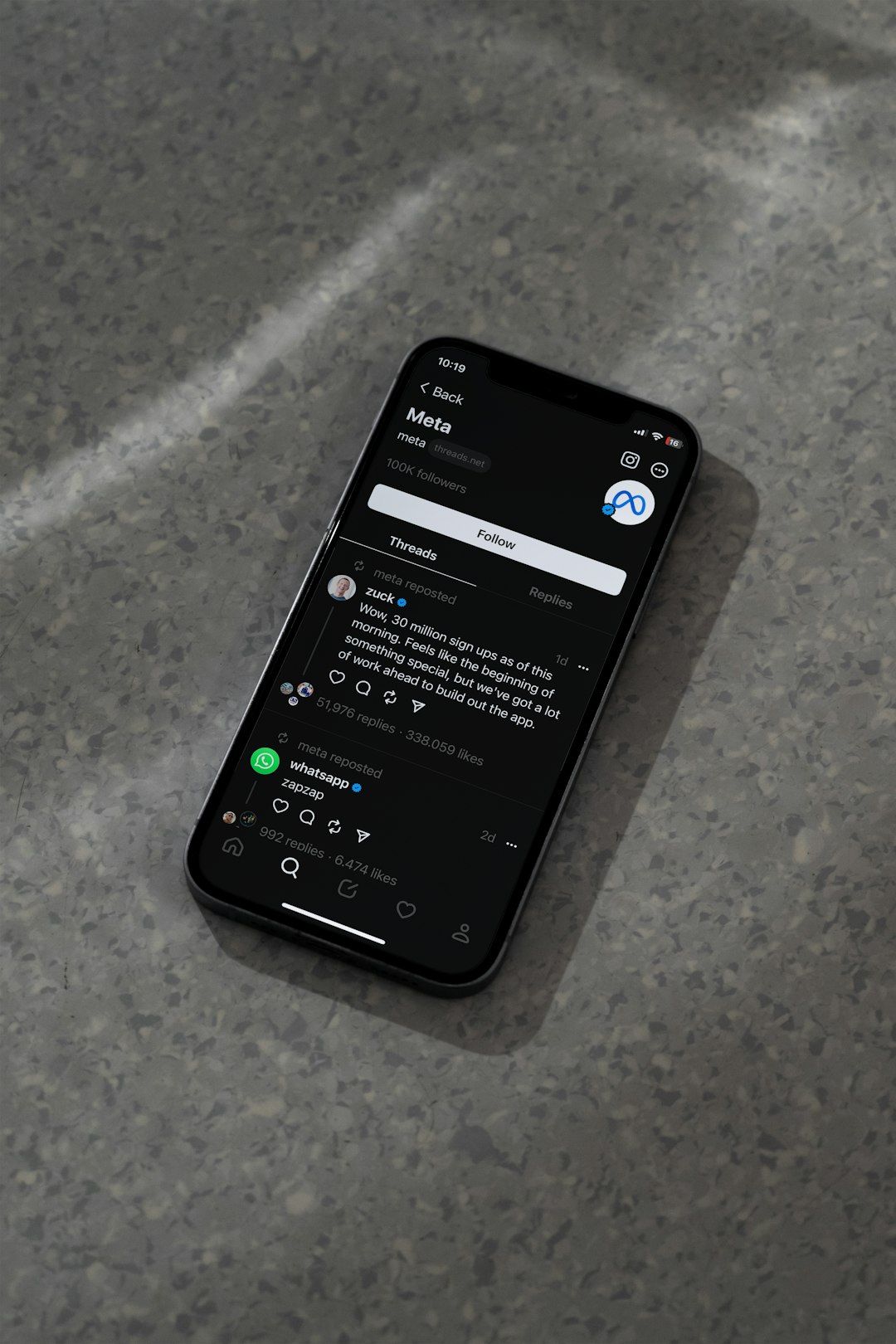In the ever-evolving digital landscape, Instagram continues to be one of the most influential platforms for brand marketing, content creation, and community building. With over 2 billion monthly active users, it’s no surprise that businesses and influencers alike are investing time and energy into optimizing their content for better performance. One of the most critical — yet often overlooked — aspects of Instagram success is understanding its video format specifications. Smart creators are realizing that tuning video content to fit these formats can significantly elevate engagement rates and drive organic reach.
Why Format Matters More Than You Think
Instagram supports various video formats across its features, including Feed videos, Reels, Stories, and IGTV (now integrated into the main video feed). Each of these has its own specific dimensions, length limits, and orientation preferences. Failing to meet these criteria can result in poorly cropped videos, diminished quality, and worst of all, a drop in viewer engagement.
For example, Reels are meant to be consumed in full-screen, vertical format. Posting a horizontal video—no matter how captivating—can lead to poor viewer retention because it breaks the viewing experience. The algorithm also tends to favor content that’s formatted correctly since it aligns with user behavior and platform design expectations.

Understanding Instagram’s Core Video Formats
To create optimized and impactful content, one must grasp the technical requirements of each video type. Here’s a breakdown:
- Instagram Stories: 1080 x 1920 pixels (9:16 aspect ratio), up to 60 seconds per Story slide.
- Reels: 1080 x 1920 pixels, up to 90 seconds (for most users). Best for short, impactful content.
- Feed Videos: 1080 x 1350 pixels (4:5 aspect ratio recommended), up to 60 minutes if uploaded from the desktop.
- Live Videos: Vertical orientation is preferred, and they can last up to 4 hours.
Each format serves a unique purpose and audience. For instance, Reels are ideal for going viral, while Feed videos are great for in-depth storytelling. Posting the right type of video in the right format creates a seamless user experience and increases the likelihood of shares, saves, and comments.
The Role of Format in Engagement and Reach
Instagram’s algorithm is intricate and multi-dimensional, responding actively to user interaction signals like saves, comments, and the time people spend watching a video. When a video is poorly cropped or low in quality because it doesn’t meet format guidelines, users are more likely to scroll past it. This reduces key engagement metrics which, in turn, decreases visibility on users’ feeds.
Proper formatting ensures your video is not just watched, but watched longer. Longer watch times signal to the algorithm that the content is valuable, prompting Instagram to show it to more users — thereby boosting reach. Moreover, Instagram is pushing short-form video as it competes with platforms like TikTok. Knowing how to format videos for Reels can be a major competitive advantage.
Optimization Tips for Each Format
Optimizing videos is not just about aspect ratios, but also about ensuring content engages from the first second. Here are some tips:
- Reels: Use dynamic visuals, trending sounds, and remember to hook your audience in the first 3 seconds.
- Stories: Use text overlays and stickers to prompt interaction such as polls or questions. Keep the visuals clean and legible.
- Feed Videos: Post in high resolution. Include engaging captions and relevant hashtags. Add subtitles for accessibility.
- IG Live: Promote your live stream ahead of time, and engage actively with comments during the session for better visibility.

Case Studies and Metrics
Several digital marketers and content creators have documented improvements in engagement after refining their video formatting approach. A fashion brand that switched from horizontal to vertical Reels saw a 30% increase in average watch time. Another influencer who optimized her Stories for mobile screens with clean overlays and vertical text positioning saw her tap-forward rate decrease by 25%, which means users were spending more time on each story.
Data like this underscores a fundamental truth: making content easier to consume can radically enhance its performance. No matter how valuable or entertaining your content might be, if it’s not formatted for ease and visibility, it won’t reach its full potential.
Common Mistakes To Avoid
Even seasoned creators can make simple yet impactful formatting errors. Here are the most frequent ones:
- Using horizontal format for vertical-first platforms
- Uploading low-resolution videos
- Placing important text or visuals in non-safe zones (edges or corners)
- Ignoring the recommended aspect ratios

Fortunately, these mistakes are easily avoidable with a bit of planning and editing. Most mobile editing apps now offer Instagram template presets to help standardize your formatting process.
The Future of Instagram Video
Instagram continues to invest in video. With features like in-app editing, scheduling, and advanced analytics, it’s clear that video content will remain a priority for the platform. Knowing this, the significance of proper formatting is only going to grow in importance.
As AI-generated content and AR filters gain popularity, the marriage of creativity and technical precision will become even more essential. Only those who master both will be able to consistently perform well and leave a lasting impact on their audiences.
Conclusion
Understanding Instagram’s video format is no longer just a best practice—it’s a necessity. From aspect ratios to video lengths, each detail plays a role in determining whether your content thrives or fades into obscurity. Businesses, influencers, and marketers who invest time in mastering video formats will see tangible improvements in engagement, reach, and brand visibility.
Frequently Asked Questions (FAQ)
-
Q: What’s the best video format for Instagram Reels?
A: The best format for Reels is 1080 x 1920 pixels (vertical, 9:16 aspect ratio). -
Q: Can I post horizontal videos on Instagram?
A: Yes, but they are not optimized for mobile viewing and may hurt engagement. It’s better to stick to vertical or square formats depending on the post type. -
Q: How long can Instagram videos be?
A: Reels are up to 90 seconds, Feed videos up to 60 minutes, and Stories up to 60 seconds per slide. -
Q: Do hashtags affect video reach?
A: Yes. Properly chosen hashtags can significantly improve the discoverability of your content, especially for videos. -
Q: Are there tools to help with Instagram video formatting?
A: Many tools like InShot, Canva, and Adobe Premiere Rush offer Instagram-specific templates to make video formatting easier.
By aligning strategy with format requirements, content creators can unlock new levels of visibility and interaction. Don’t underestimate the power of detail—it’s often what separates good content from great content.


